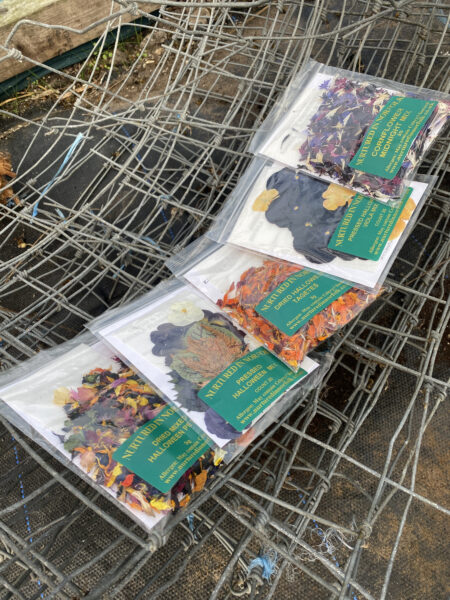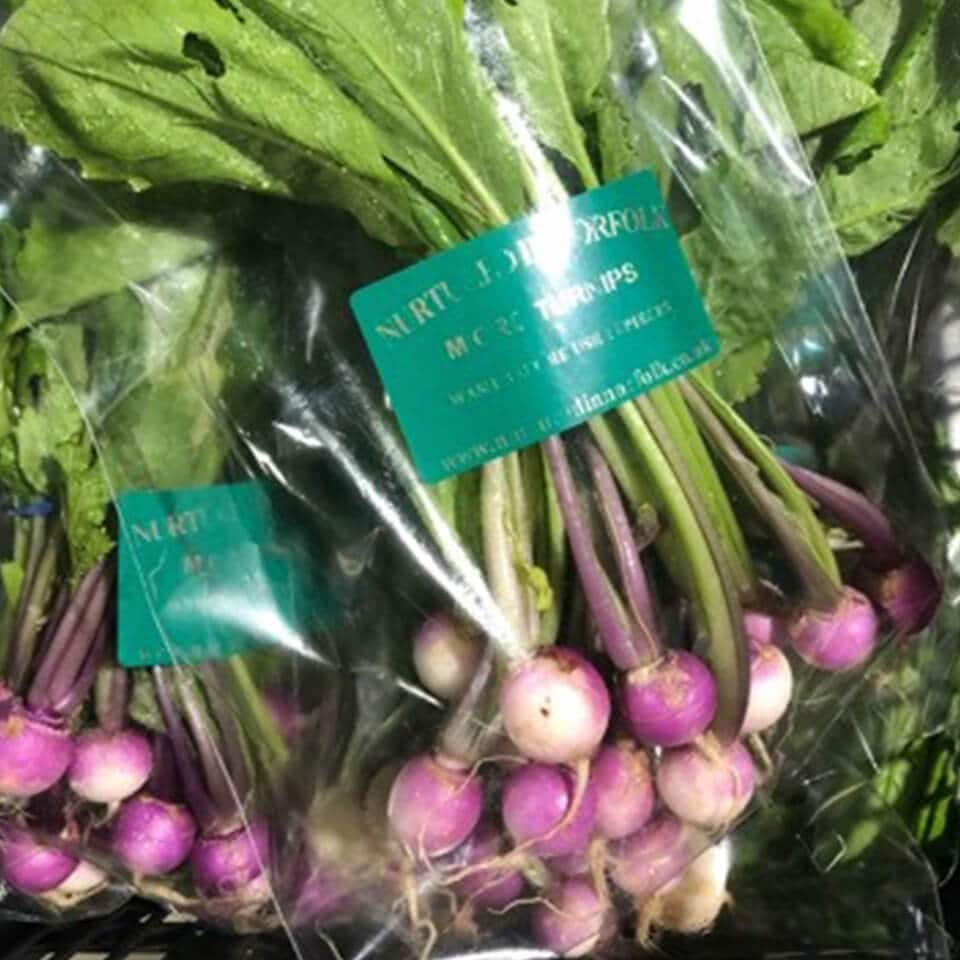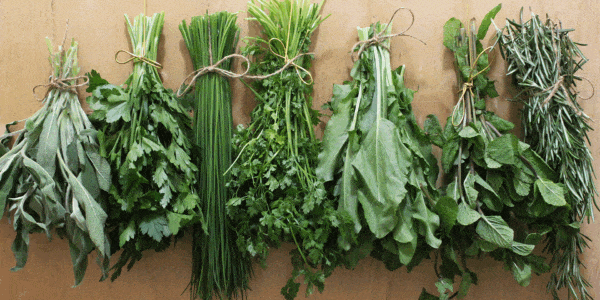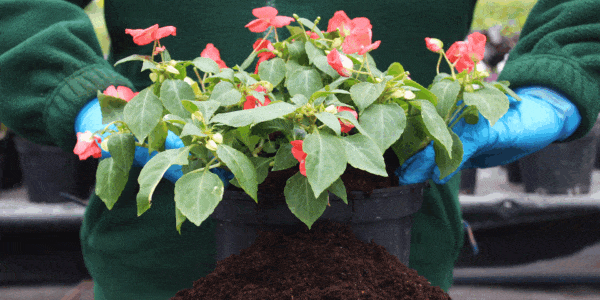 20 October 2022 | Horticulture Hacks
20 October 2022 | Horticulture Hacks
Infections Affecting your Vegetable Patch

Nurtured in Norfolk’s gardening expert Martyn Davey answers all your questions.
If you would like any horticulture query answered please do e-mail our head grower at martyn@nurturedinnorfolk.co.uk to add your thoughts to our horticulture hacks.
Dear Martyn,
Is there a cure or possible treatment for club root? Having moved to this area 2 years ago, I had to condition my clay soil to make it possible to grow vegetables, but was disappointed to lose my purple and white sprouting broccoli, other veg were ok apart from trouble from white butterfly in spite of using nets. Please help!
S. Exall, Watton.
Dear reader,
Club root is a fungal infection of the roots of brassicas, such as Brussels sprouts, cabbage, cauliflower, turnip and swede, leading to swollen and distorted roots and stunted growth. Club root is an infection of the roots of brassicas and related plants by Plasmodiophora brassicae, a soil-dwelling micro-organism related to the slime moulds, leading to massive swelling, distortion and severely retarded growth.
It affects Brussels sprouts, cabbages, cauliflowers, turnips, swedes and radishes, and ornamental relatives such as Cheiranthus (wallflowers), Matthiola (stocks), Aubrieta (aubretia) and cabbage-family weeds such as Capsella bursa-pastoris (shepherd’s purse). Plasmodiophora brassicae is loosely described as a fungus but is in fact more closely related to the slime moulds. It produces resting spores that can contaminate soil for up to 20 years. In the presence of susceptible plant roots, these resting spores germinate and infect the root hairs, causing the distortion. The pathogen produces more resting spores in the affected tissue, which eventually rots and releases them back to the soil, ready for the cycle to start over again.
Club root can infect whenever the soil is moist and warm, so most new infections occur from mid-summer until late autumn.
You may see the following symptoms: Stunted growth, purplish foliage and wilting in hot weather, which may recover under wetter conditions. The root system becomes massively swollen and distorted, with a loss of the finer roots. Growth and yield are severely reduced and very badly affected plants may die.
Help control the problem by taking extra care If you buy brassica plants, ensure that they come from a guaranteed club root-free source. Be particularly careful in accepting plants from gardening friends, who with the best of intentions may be an unwitting source of infection. If the disease is known to be present, try to give plants a head start by growing them on in healthy soil to a larger than normal size before planting out, or as transplants in pots of at least 9cm diameter, so that they begin growth in the affected soil with a larger than usual healthy root system. Beware of spreading contaminated soil on tools, wheelbarrows or footwear. Club root is reduced (but not eliminated) by raising the soil pH by liming. On acid soils, lime at the rate of 500g per sq m, with lighter dressings of 270g per sq m, in future years. Along with the liming regime, take care to improve drainage, by making raised beds for example. Keep down susceptible weeds like shepherd’s purse, charlock, wild radish. Some cultivars show some levels of resistance: Brussels sprouts ‘Cryptus F1’ and ‘Crispus F1’, calabrese ‘Monclano F1’, cauliflower ‘Clapton F1’ and ‘Clarify F1’, cabbages ‘Kilaxy F1’, ‘Kilazol F1’ and ‘Kilaton F1’, kale ‘Tall Green Curled’ and swede ‘Marian’ show resistance.
There are no chemicals available to gardeners to treat club root.
Martyn Davey – Head Grower
EDP Gardening Expert Columnist
Jobs for this week
Dig over any vacant plots that you have not managed to dig already for the frost to break down if we get a frost.
Make a polythene shelter for outdoor peaches and nectarines to protect them against peach leaf curl whose spores come in the rain.
After strong winds and stormy conditions check trees that have been recently planted and ensure the supports are still doing their job and are also still required, you should be able to take the stake away after a couple of years.

